Premium Only Content
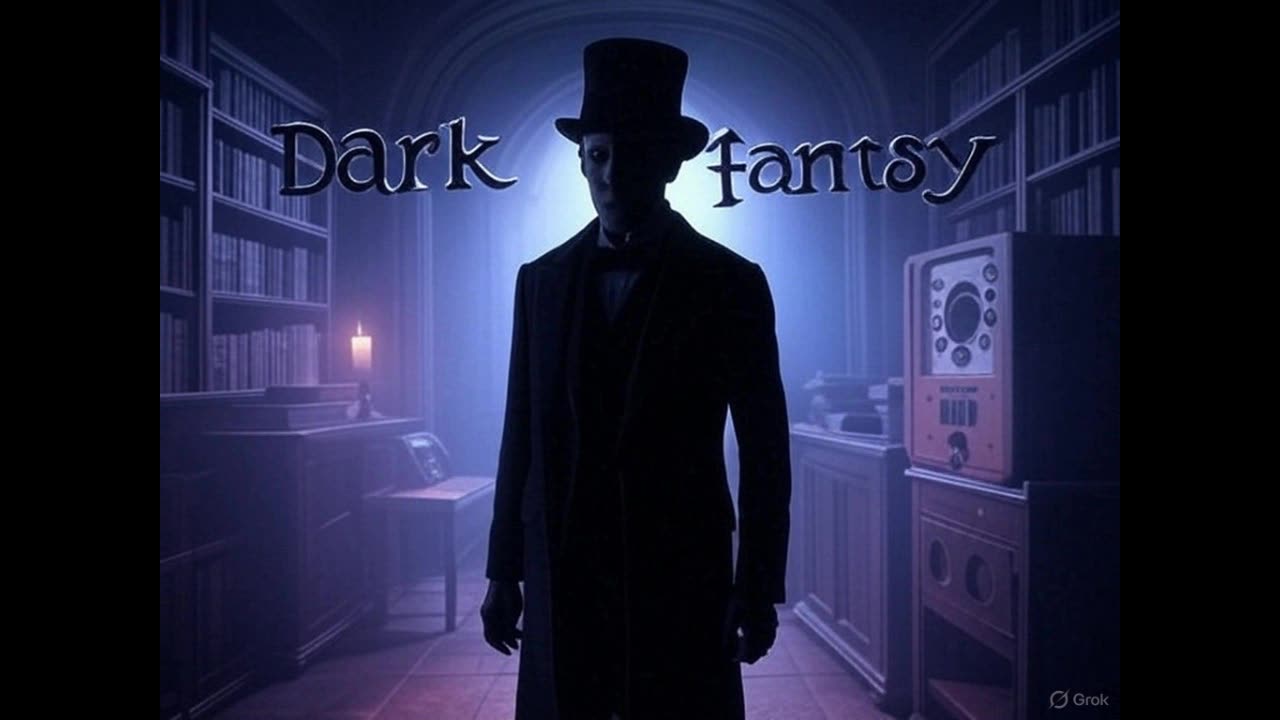
Dark Fantasy: Rendezvous with Satan (May 29, 1942)
Setting: A contemporary (1942) American setting, likely a small town or urban area, with scenes in a haunted mansion, a dark forest, or a ritualistic chamber. The episode employs sound effects such as howling winds, creaking doors, demonic laughter, and ominous chants to create a terrifying, occult atmosphere, typical of Dark Fantasy’s vivid horror.
Plot:
Introduction: The episode opens with the show’s foreboding theme music, likely an eerie organ or orchestral score, and announcer Tom Paxton (or possibly Keith Payton, as sources vary) introducing Dark Fantasy as a series of “tales of the weird and supernatural.” The narrator sets a sinister tone, hinting at a story involving a perilous encounter with Satan himself, evoking themes of temptation and damnation.
The Premise: The story likely centers on a protagonist—perhaps a desperate scholar, a greedy businessman, or a curious occultist—who seeks power, wealth, or forbidden knowledge through a pact with Satan. The “rendezvous” could involve a deliberate summoning ritual, an accidental encounter with demonic forces, or a trap set by a cult. Bishop’s scripts often draw on Gothic and Lovecraftian influences, so the narrative might feature a cursed artifact (e.g., a grimoire or amulet), a haunted location, or a deal gone wrong, with Satan appearing as a charismatic yet malevolent figure.
Escalating Horror: As the protagonist engages with the demonic, supernatural events intensify. They might perform a ritual in a shadowy chamber, only to hear Satan’s voice or see his form materialize, accompanied by sound effects like crackling flames or guttural growls. The deal’s consequences unfold—perhaps the protagonist gains temporary riches but faces betrayal, madness, or pursuit by demonic entities. Key scenes could include a nightmarish chase through a forest, a confrontation in a decaying mansion, or visions of hellish torment, with effects like screams, thunder, or chanting heightening the terror. The atmosphere might evoke Poe’s tales of damnation or Lovecraft’s cosmic horror.
Climax and Resolution: The climax likely involves a desperate struggle to escape Satan’s grasp, possibly by renouncing the pact or confronting the devil in a battle of wits or faith. Bishop’s stories often feature a twist or ambiguous ending, so the protagonist might outwit Satan at great cost (e.g., losing their soul or sanity), be dragged to hell, or discover the rendezvous was a hallucination induced by guilt or a curse. The episode concludes with the narrator reflecting on the perils of tempting fate, leaving listeners with “goose pimples” as Bishop intended. The 29-minute runtime, noted as longer than typical episodes, suggests a complex, dialogue-heavy narrative.
Themes: The dangers of hubris and temptation, the consequences of defying moral boundaries, and the terror of confronting ultimate evil. The episode reflects Dark Fantasy’s blend of supernatural horror, psychological tension, and existential dread, crafted to unsettle its wartime audience.
Cast and Roles:
Protagonist: Played by an unnamed actor, likely Ben Morris or Fred Wayne, portraying a relatable yet flawed character—possibly a scholar or merchant—facing Satan’s temptation. The performance would convey ambition, fear, and desperation, with vocal shifts to reflect supernatural terror, typical of Dark Fantasy’s intense acting style.
Satan: Played by an unnamed actor, possibly Garland Moss or Murillo Scofield, voicing the devil with a suave, menacing tone, blending charm with malevolence, akin to classic literary depictions of Lucifer.
Supporting Characters: An ensemble of unnamed actors, possibly including Eleanor Naylor Caughron, playing roles such as:
Cultists/Accomplices: Voices of fanatical or sinister figures aiding the rendezvous, with eerie or fervent tones.
Family/Friends: Characters warning the protagonist or falling victim to the demonic, adding emotional stakes.
Minor Roles: A priest, a mystic, or demonic minions, voiced to enhance the occult setting.
Narrator/Announcer: Likely Tom Paxton (or Keith Payton), delivering the opening and closing remarks with a somber, suspenseful tone, framing the story’s chilling mood.
Note on Cast: Dark Fantasy relied on WKY’s versatile in-house cast, with actors like Ben Morris and Eleanor Naylor Caughron known for their skill across radio dramas. Specific roles for “Rendezvous with Satan” are unlisted, as the series rarely credited individual performances, but the ensemble’s talent ensured a gripping delivery.
Production Details:
Music: Ominous orchestral or organ music, likely composed by WKY’s in-house musicians, opens and closes the episode, with eerie stings accentuating suspenseful moments. The score enhances the demonic, supernatural mood, akin to Lights Out!’s atmospheric style.
Writer: Scott Bishop (George M. Hamaker), known for crafting tales that merge supernatural horror with Gothic and Lovecraftian elements, likely drawing inspiration from Faustian legends or H.P. Lovecraft’s tales of forbidden knowledge.
Director: Not explicitly credited, but likely overseen by WKY’s production team, ensuring the episode’s tight 29-minute pacing and immersive sound design.
Sound Effects: Crucial to the episode, including howling winds, creaking doors, demonic laughter, crackling flames, chants, or footsteps in a cavernous space, creating a vivid, hellish atmosphere. Satan’s presence might be marked by a deep echo or sudden silence, amplifying his menace.
Sponsor: None, as Dark Fantasy was typically unsponsored, airing late Friday nights (often 11:30 PM) on NBC stations, supported by the network and WKY’s innovative programming.
World and National Events Around May 29, 1942:
To provide context for the broadcast, here are key world and national events occurring in late May 1942, reflecting the wartime climate that shaped listeners’ perspectives:
World Events:
World War II – Pacific Theater: The Battle of the Coral Sea (May 4–8, 1942) concluded, with U.S. and Australian forces halting Japan’s advance toward Port Moresby, a strategic victory widely reported by late May, boosting morale after the Bataan Death March (April 9–17). Preparations for the Battle of Midway (June 4–7) were underway, though not yet public, signaling a turning point in the Pacific. Radio news emphasized Allied resilience.
Doolittle Raid Aftermath: The Doolittle Raid on Tokyo (April 18) continued to uplift U.S. spirits, with radio broadcasts in May celebrating its impact on Japan and its galvanizing effect post-Pearl Harbor.
European Theater: Nazi Germany’s occupation intensified, with the Holocaust escalating. Deportations to death camps like Auschwitz increased, though U.S. awareness was limited. Allied bombing raids, such as the May 30–31 “Thousand Bomber” raid on Cologne, marked a growing offensive, covered on NBC and Mutual broadcasts.
Japanese Advances: Japan’s Pacific conquests, including Burma and the Philippines, threatened Allied supply lines. By late May, Japan was finalizing plans for the Midway invasion, heightening U.S. concerns about Pacific stability, a frequent radio topic.
National Events:
War Mobilization: The U.S. was fully engaged in World War II, with rationing of gas, sugar, rubber, and coffee in effect. The War Production Board prioritized military output, with factories producing tanks and planes, a focus of radio campaigns urging civilian sacrifice and war bond purchases.
Japanese American Incarceration: Executive Order 9066 (February 1942) drove the ongoing relocation of Japanese Americans to internment camps like Manzanar and Tule Lake. By May, tens of thousands were interned, a controversial policy debated in the press and on radio, reflecting wartime fears and prejudice.
Entertainment and Morale: Hollywood and radio boosted morale. Films like Yankee Doodle Dandy (premiered May 29) and Saboteur (April 24) were popular, while radio shows like The Bob Hope Show mixed humor with war bond appeals. Dark Fantasy’s horror provided escapism from war’s grim realities.
Sports and Culture: The 1942 baseball season was underway, with teams like the New York Yankees and St. Louis Cardinals drawing fans despite wartime restrictions. Bing Crosby’s “White Christmas,” recorded May 29, began its rise as a wartime anthem, while Ella Fitzgerald’s jazz hits thrived, reflecting the era’s vibrant music scene.
-
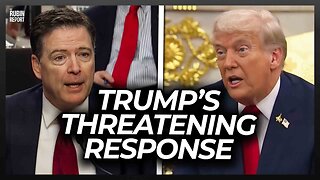 48:24
48:24
The Rubin Report
1 hour agoPress Stunned by Trump’s Brutally Honest Reaction to James Comey Question
7.06K5 -
 1:02:42
1:02:42
VINCE
3 hours agoComey Indicted, Soros Exposed: The Powder Keg Just Exploded | Episode 134 - 09/26/25
180K140 -
 DVR
DVR
Bannons War Room
7 months agoWarRoom Live
38.2M8.88K -
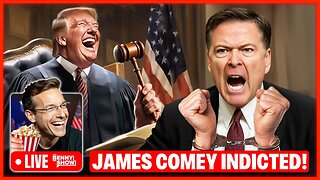 1:45:34
1:45:34
Benny Johnson
2 hours ago🚨James Comey INDICTED for Perjury and Obstruction, Years In JAIL | 275 FEDS in January 6th Crowd
30.1K43 -
 1:35:48
1:35:48
Dear America
3 hours agoBOMBSHELL: 274+ Feds Where in The Crowd On Jan 6th!! + James Comey Finally INDICTED!!
126K89 -
 1:55:16
1:55:16
Badlands Media
7 hours agoBadlands Daily: September 26, 2025
33.8K8 -
 2:44:51
2:44:51
Matt Kohrs
13 hours agoPCE Inflation Report, BTFD & Payday Friday || Live Trading Stock Market Open
49.7K2 -
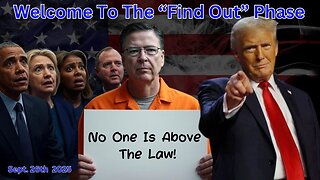 2:59:31
2:59:31
Wendy Bell Radio
7 hours agoWelcome To The "Find Out" Phase
65.4K101 -
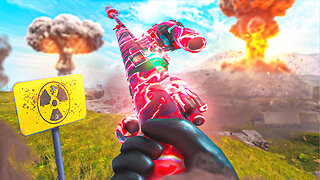 LIVE
LIVE
GritsGG
2 hours agoQuad Win Streaks!🫡 Most Wins in WORLD! 3600+
63 watching -
 56:54
56:54
Crypto Power Hour
3 hours ago $0.87 earnedSpecial Guest Natalie Brunell, Author & Bitcoin Maxi
20.4K8